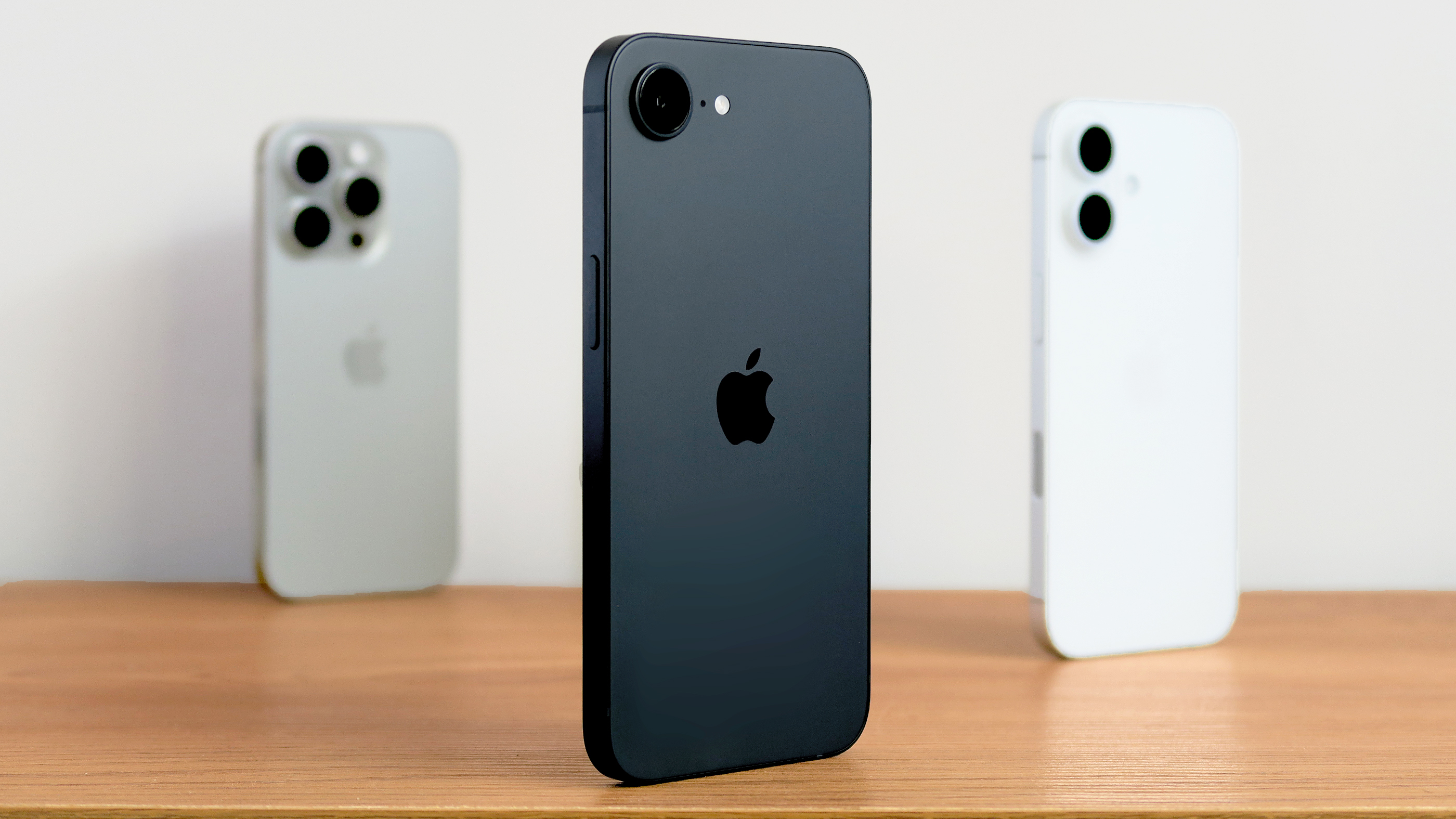
Until the company was granted an exemption a fortnight ago, President Trump’s ‘reciprocal’ tariffs threatened to be a major headache for Apple. A large proportion of its products are manufactured in China, and the severe tariffs on that nation’s exports could have forced it to put up prices.
While Tim Cook may be feeling relieved for now, the chaotic way in which the tariffs have been applied, and Trump’s insistence that the exemption isn’t really an exemption and that the levies will simply be applied in a different way, suggest that the solution is fragile and that relief may be short-lived. Which is why Apple is doing its best to pivot its supply chain in the longer term and reduce dependence on Chinese factories.
According to a new report by the Financial Times, Apple plans to ramp up manufacturing in India to such a major extent that by the end of 2026, it supplies all iPhones shipped to U.S. stores and customers. India already makes some iPhones, but far fewer than China: likely between 30 and 40 million units per year, out of a total of more than 230 million. The U.S. accounts for around 65 million of those, by IDC’s estimates, so India will need to double its capacity–a difficult task “after almost two decades in which Apple spent heavily in China to create a world-beating production line,” as the FT notes.
The task is being made more difficult, according to sources in the supply chain, by China’s predictable reluctance to see such a major source of revenue shifting out of the country. An article by Wayne Ma of The Information reports that Chinese authorities are delaying and blocking shipments of iPhone equipment to India without explanation, and that Foxconn “has seen approval times from Chinese authorities for exporting iPhone-making equipment from its China factories to those in India rise from two weeks to as long as four months.”
Ironically, these logistical headaches may ultimately prove helpful to Apple. The company’s strategy since Trump was re-elected has been one of conciliation–a controversial policy, but one which appeared to bear rich fruit when the exemption was granted. And this story can only improve the relationship between Apple and the White House.
More than anything else, the president wants to see headlines crediting him for bringing jobs back to U.S. soil. (Apple has tried to play ball in that regard.) But I suspect he’d also enjoy a few news stories about Chinese officials desperately trying to prevent a U.S. company from taking its business elsewhere. This story makes it look like the U.S. is winning its trade war with China in the short term, whether or not Apple achieves the stated goal. In political terms, the end of 2026 is a long time from now.
It’s also worth mentioning that, like the Mac Pro being built in Texas (which was happening as early as 2013), Apple’s pivot to India is not really Trump-related. It’s been trying to diversify manufacture for years, with human rights believed to be one factor in the company’s wish to reduce its dependence on China. Apple has accelerated the plan in response to recent tariff chaos, but it’s been in the pipeline for a while. Whether Trump acknowledges this remains to be seen.








